Lectures on Digital Photography are a set of lectures made available by Marc Levoy, a former Stanford professor. These are my notes and assessment after having sat through each lecture. So this is not meant to be instructional. Click here to access the lectures in their entirety.
Lenses and Apertures – Outline
- Thin Lenses
- Graphical constructions, Algebraic Formulae
- Thick Lenses
- Center of Perspective
- Depth of Field
- Aberrations and Distortions
- Vignetting, Glare, and Other Artifacts
- Diffraction and Lens Quality
- Special Lenses
- Telephoto
- Zoom
Sadly there wasn’t enough time to cover all the material but here are my notes.
Lenses
I think it is obvious that lens quality will have an effect on your photographs. The question is understanding really what that means. In lens construction, there are a few elements to consider; lens material, material density, number of separate pieces of glass, the shape of each piece of glass, and of course all the mechanics (there are moving parts after all).
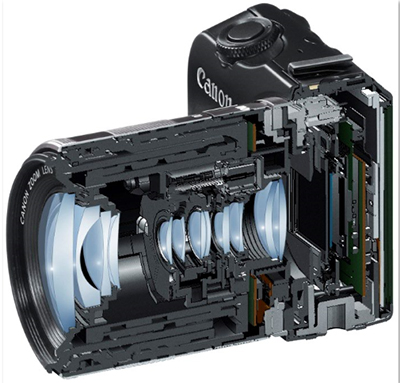
As an amateur photographer, much of this information is beyond what a person of my limited skill level really considers, so I will try to keep it simple. In the cut-away above you will notice there are several pieces of glass, each with a different shape or thickness. Light passes through these separate pieces of glass and in so doing, “bends” in one way or another. When you consider the path light will take through each of these shapes and through an aperture, the resultant image on the sensor will manifest in a very specific way. Likewise, vary any one of the shapes or the number of shapes and the result will be different. To illustrate this, I have two lenses that I will use to capture the same image and look at the results:
Canon
85mm Prime
F1.8
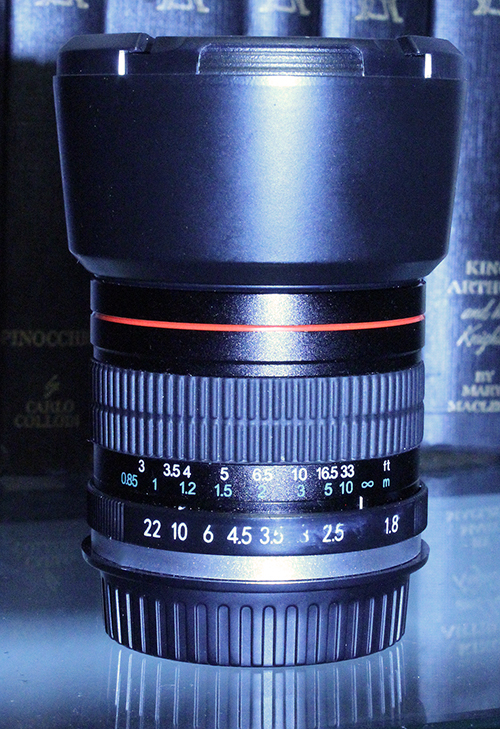
It was stated that a prime lens provides better optics, contrast, and mechanics. It was also stated that prime lenses tend to cost more than their non-prime counterparts.
Canon
70 – 300mm Zoom
F4.0
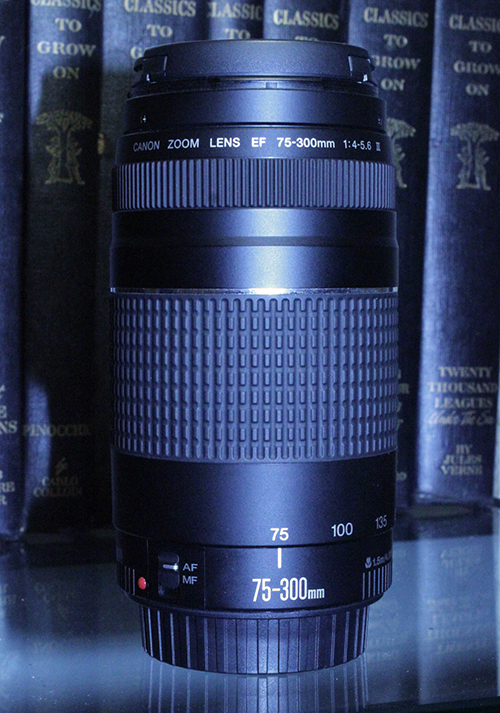
This is not a prime lens but has the capacity for a focal range of 70 to 300mm. The aperture has a maximum setting of F4.0 These tend to cost less.
| 85mm Prime Exposure: F5.0 Shutter Speed: 1/60 ISO: 800 | 85mm Zoom Exposure: F5.0 Shutter Speed: 1/60 ISO: 800 |
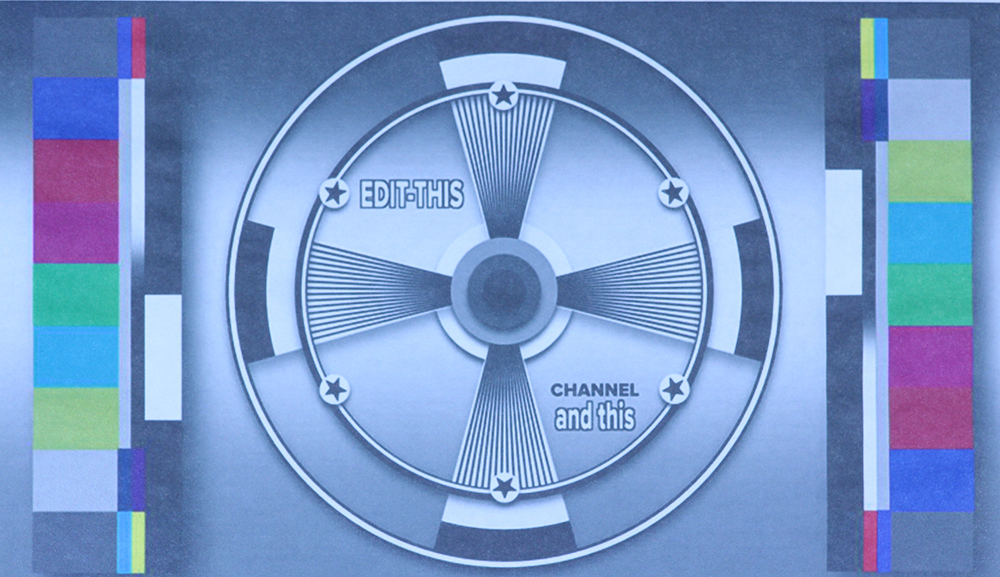 | 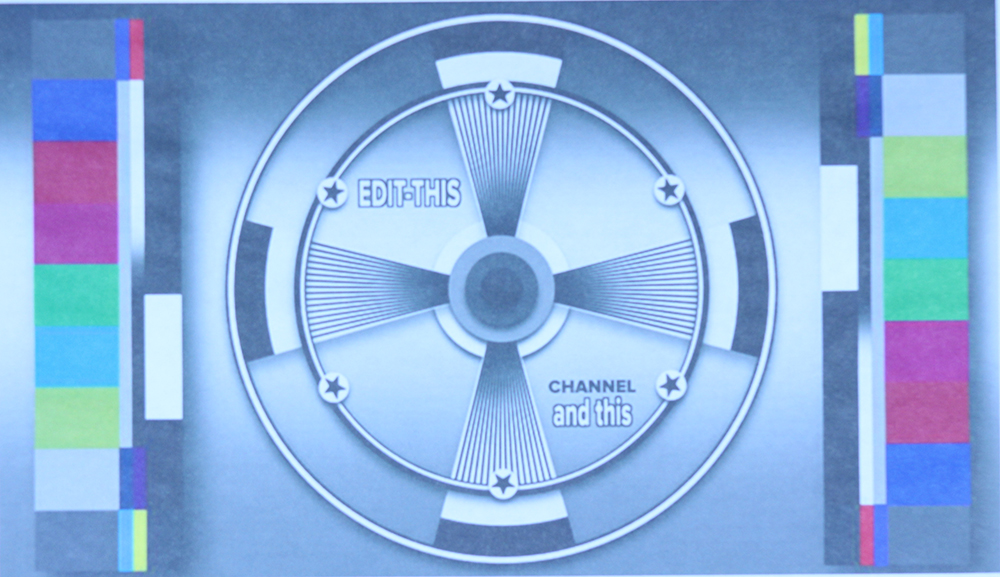 |
Color, sharpness, focus, and contrast seem to be fairly comparable between these two images. The only real difference I see here is in the brightness of each of these images. That to me is the only noticeable difference.
Approximations we sometimes make when analyzing lenses:
- Geometrical optics vs. Physical optics
- Spherical lenses instead of Hyperboloidal lenses
- Thin lens representation of thick systems
- Paraxial approximation of ray angles
Moving on
While I realize one can delve into the pariculars in a very granular way, I again find this lecture series to be way more than I need. But… I am really enjoying the assignments and I have been gleaning enough from the lectures that I can get some pretty satisfying shots. So in as much as I can gain insight when working through the assignments, I will stick to it.